As the trade relationship between China and Sweden continues to flourish, the demand for efficient transportation methods, particularly sea freight, has surged. This cost-effective and reliable shipping option is vital for businesses looking to import a wide range of products—from electronics to textiles—across vast distances. Given the geographical separation between the two countries, sea freight presents a preferred method for transporting goods while also aligning with Sweden’s commitment to sustainability. Understanding the nuances of Less than Container Load (LCL) and Full Container Load (FCL) options is essential for businesses aiming to optimize their supply chain and make informed shipping decisions. This comprehensive guide will explore the intricacies of sea freight from China to Sweden, covering essential factors such as cost, transit times, major ports, and customs clearance, ensuring that you are well-equipped to navigate the international logistics landscape.
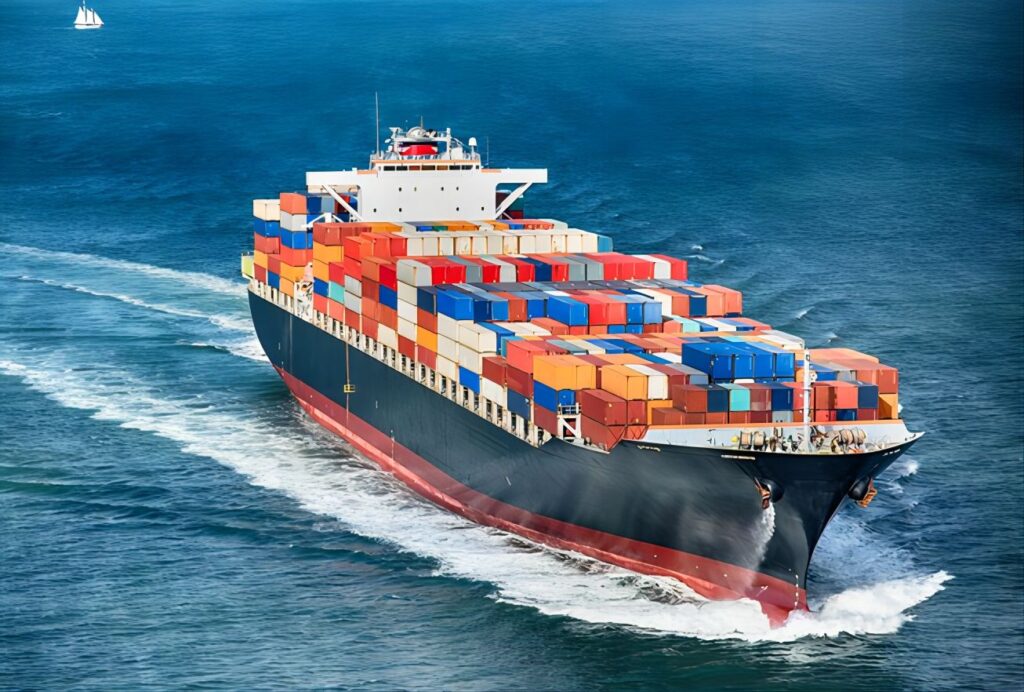
Introduction to Sea Freight from China to Sweden
The trade relationship between China and Sweden is growing, resulting in an increased reliance on efficient transportation methods, particularly sea freight. Sea freight offers a cost-effective and reliable means to transport goods across vast distances, making it an essential component of the global supply chain. For businesses looking to import goods from China to Sweden, understanding the various nuances of sea freight is vital.
Importance of Sea Freight in China-Sweden Trade
Sea freight plays a pivotal role in the bilateral trade between China and Sweden. As one of the world’s leading exporters, China provides a wide range of products, from electronics to textiles, to various markets, including Sweden. The geographical distance between the two countries makes sea freight a preferred choice due to its capacity for transporting large volumes of goods at lower costs compared to air freight. Additionally, sea freight is more environmentally sustainable, aligning with Sweden’s commitment to reducing carbon emissions, making it not only a practical choice but also a socially responsible one.
Overview of Sea Freight Options and Benefits
When it comes to importing goods from China to Sweden, businesses typically have two primary sea freight options: Less than Container Load (LCL) and Full Container Load (FCL). Each option presents distinct advantages that cater to different shipping needs.
The benefits of choosing sea freight include:
- Cost-Effectiveness: Sea freight generally offers lower shipping rates, especially for large shipments.
- Capacity: Ships can carry large quantities of goods, making it an ideal option for bulk shipments.
- Variety of Goods: Almost any type of cargo can be shipped via sea, including hazardous materials, heavy machinery, and perishable items.
- Reliability: Established shipping schedules mean that businesses can plan their supply chains effectively.
This guide delves deeper into the available sea freight options, elucidating the strengths and ideal use cases for both LCL and FCL shipping.
Understanding Sea Freight Options

Less than Container Load (LCL) Shipping
LCL shipping is a method where shippers consolidate cargo from multiple suppliers into a single container. This option is particularly advantageous for businesses that do not have enough goods to fill an entire container.
Definition and Advantages of LCL
LCL shipping allows for the sharing of container space, which can significantly reduce shipping costs for smaller shipments. Key advantages of LCL include:
- Cost Efficiency: By only paying for the space used, businesses can save on shipping costs, especially for small to medium-sized shipments.
- Flexibility: LCL is ideal for businesses with fluctuating inventory needs, as they can ship smaller quantities without the need for full containers.
- Accessibility: It allows smaller businesses or startups to enter the market without committing to large inventory levels.
Ideal Use Cases for LCL
LCL is particularly effective for:
- Small to medium-sized businesses importing goods regularly but in smaller quantities.
- Businesses testing new products in the market, requiring minimal initial stock.
- Importing goods that vary in volume from month to month, allowing for cost-effective shipping without excess inventory.
Full Container Load (FCL) Shipping
FCL shipping involves the exclusive use of an entire container for transporting goods. This method is suited for businesses that have enough cargo to fill a container.
Definition and Advantages of FCL
In FCL shipping, the entire container is dedicated to one shipper’s goods, enabling higher efficiency in shipping. The advantages of FCL include:
- Lower Shipping Rate per Unit: When shipping in bulk, the cost per unit decreases, making it a more economical choice for larger shipments.
- Reduced Risk of Damage: With only one shipper’s cargo in the container, the risk of damage from others’ cargo is minimized.
- Faster Transit Times: FCL shipments often have quicker turnaround times compared to LCL, as they do not require consolidation or deconsolidation processes.
Ideal Use Cases for FCL
FCL is optimal for:
- Businesses with stable shipping volumes that can consistently fill containers.
- Large-scale manufacturers looking to transport heavy or bulky items.
- Companies aiming to streamline their logistics operations by utilizing dedicated containers for specific products.
Comparative Overview of LCL and FCL
| Feature | Less than Container Load (LCL) | Full Container Load (FCL) |
|---|---|---|
| Cost | Generally lower for smaller shipments | Lower per unit for larger shipments |
| Flexibility | High, suitable for varying shipment sizes | Less flexible; consistent volume required |
| Risk of Damage | Higher due to shared space | Lower, as goods are exclusive to one shipper |
| Transit Time | Longer, requires consolidation | Shorter, direct transport |
| Ideal For | Small to medium shipments | Large, regular shipments |
Importing goods from China to Sweden does not have to be a daunting process. By understanding the options available for sea freight, including LCL and FCL shipping, businesses can make informed decisions that will enhance their supply chain efficiency.
In navigating these options, it is advisable to partner with a professional freight forwarder like Dantful International Logistics, which provides a highly professional, cost-effective, and high-quality one-stop international logistics service for global traders. Whether you’re looking for door-to-door shipping, customs clearance, or warehouse services, Dantful offers a complete suite of solutions to meet your international shipping needs.
You may be interested in the following related articles:
- Shipping From China To Cyprus
- Shipping From China to Greece
- Shipping From China to Turkey
- Shipping From China To Belgium
- Shipping From China To Sweden
- Shipping From China To Finland
- Shipping From China To Portugal
- Shipping From China To Czech Republic
- Shipping From China to Austria
- Shipping From China to Hungary
- Shipping From China to Romania
- Shipping from China to Russia
Comparing LCL and FCL Shipping Costs
When deciding between Less than Container Load (LCL) and Full Container Load (FCL) shipping, understanding the cost factors and average rates associated with each method is crucial for making informed shipping decisions.
Cost Factors for LCL and FCL
Several elements influence the costs of LCL and FCL shipping, including:
-
Volume of Goods: The total volume directly affects the rate for both LCL and FCL. With LCL, the cost is based on the volume of cargo you are shipping. For FCL, the rate is generally a flat fee for the whole container, regardless of how much of it is used.
-
Shipping Distance: The distance from the port of origin in China to the destination port in Sweden will impact the overall shipping cost. Longer distances typically incur higher freight charges.
-
Insurance and Handling Fees: Both LCL and FCL shipments may require insurance to cover potential damages during transit. Handling fees at ports and during loading/unloading can also affect overall costs.
-
Customs Duties and Taxes: These are variable costs depending on the nature of the goods being imported and the specific customs requirements in Sweden.
-
Seasonal Demand and Capacity: The shipping industry is often affected by seasonal demand fluctuations, which can cause rates to increase during peak times.
Average Rates for LCL and FCL from China to Sweden
When evaluating shipping options, average rates provide a clear perspective on cost efficiency. Below is a comparative table showcasing the estimated shipping rates from China to Sweden.
| Shipping Method | Average Rate (USD) | Volume Capacity | Ideal Use Case |
|---|---|---|---|
| LCL Shipping | $50 – $100 per cubic meter | Up to 15 cubic meters | Small to medium shipments |
| FCL Shipping | $1,500 – $3,000 per container (20ft) | 33 cubic meters (20ft) | Large shipments, full container usage |
Utilizing this cost comparison can help businesses determine the most financially viable option based on their shipping needs.
Typical Transit Times for Sea Freight
Understanding the average transit times for LCL and FCL shipping is essential for effective supply chain management. While sea freight is generally slower than air freight, it remains the preferred method for many due to its cost efficiency.
Average Transit Times for LCL and FCL
Transit times can vary based on several factors, but the average estimations for shipments from China to Sweden are as follows:
| Shipping Method | Average Transit Time (Days) | Ideal Use Case |
|---|---|---|
| LCL Shipping | 25 – 35 days | Smaller shipments and diverse cargo |
| FCL Shipping | 20 – 30 days | Larger, consistent shipments |
These average transit times indicate that while FCL shipments may arrive slightly faster, the difference is often marginal compared to LCL, which caters to smaller shipments and may require additional time for consolidation.
Factors Affecting Transit Times
Several factors can influence transit times for both LCL and FCL shipping:
-
Port Congestion: Busy ports can lead to delays in loading and unloading, extending overall transit times.
-
Weather Conditions: Severe weather can impact shipping schedules, resulting in unexpected delays.
-
Customs Clearance: The efficiency of customs processes at both the departure and destination ports can significantly affect how quickly goods are released for delivery.
-
Shipping Line Schedules: Different shipping lines may have varying schedules which can influence the frequency and duration of voyages.
-
Consolidation Process for LCL: LCL shipments require consolidation of cargo from multiple shippers, which can extend the overall transit time compared to direct FCL shipments.
By evaluating both costs and transit times of LCL and FCL shipping, businesses can make strategic decisions that align with their operational needs and budget constraints. For seamless shipping experiences and expert guidance, partnering with Dantful International Logistics ensures access to a comprehensive suite of logistics solutions tailored for global traders. Dantful specializes in optimizing shipping processes, from customs clearance to warehouse services, providing exceptional value for importing goods from China to Sweden.
Major Chinese Ports for Exports to Sweden
As businesses look to import goods from China to Sweden, selecting the right port for export is crucial. Here are some of the key ports in China that serve as major gateways for sea freight to Sweden.
Key Ports in China for Sea Freight to Sweden
- Shanghai
- Overview: Shanghai is the largest port in China and one of the busiest in the world. It serves as a significant hub for international trade, facilitating a vast array of shipping routes.
- Volume: Handles over 40 million TEUs (Twenty-foot Equivalent Units) annually, making it an indispensable port for exports.
- Shenzhen
- Overview: Located in Guangdong Province, Shenzhen is renowned for its modern port facilities and proximity to major manufacturing centers. It includes several ports such as Yantian, Shekou, and Chiwan.
- Volume: The port of Yantian alone ranks among the top global ports, processing millions of TEUs each year.
- Ningbo-Zhoushan
- Overview: This port is one of the largest in China and is strategically positioned to serve both domestic and international shipping needs. It has a deep-water harbor capable of accommodating large vessels.
- Volume: The port consistently ranks among the top five busiest ports globally.
- Guangzhou
- Overview: As a historical trading port, Guangzhou has evolved into a critical export hub. Its location on the Pearl River enables easy access to inland markets.
- Volume: The port has seen significant growth in container traffic, facilitating diverse export goods.
- Tianjin
- Overview: Tianjin is the largest northern port in China, serving as a key gateway for international trade. It is strategically located near Beijing.
- Volume: The port has extensive connections to various shipping lines, making it a reliable choice for exporters.
Advantages of Each Port
| Port | Advantages |
|---|---|
| Shanghai | Largest container capacity, excellent global connectivity, advanced logistics support. |
| Shenzhen | Proximity to major manufacturing hubs, modern facilities, efficient handling of electronic goods. |
| Ningbo-Zhoushan | Deep-water capabilities, cost-effective shipping options, large variety of trade routes. |
| Guangzhou | Established trade relationships, access to diverse markets, competitive rates. |
| Tianjin | Strategic location, robust infrastructure, great for northern China shipments. |
Sweden Ports for Receiving Sea Freight
Sweden’s ports are equipped to handle a diverse range of goods arriving via sea freight from China. The following ports are crucial for receiving shipments, each offering unique infrastructure and handling capabilities to accommodate international trade.
Main Ports in Sweden for Receiving Goods
- Port of Gothenburg
- Overview: As Sweden’s largest port, Gothenburg serves as the primary gateway for imports and exports. It features advanced facilities for container, bulk, and ro-ro cargo.
- Capacity: Handles over 12 million tons of cargo annually, making it a vital hub for trade with China.
- Port of Malmö
- Overview: Located in southern Sweden, Malmö offers a significant gateway for goods entering Sweden from Europe and beyond. It is particularly noted for its ferry services and container handling.
- Capacity: The port processes substantial amounts of container traffic, with modern handling facilities to ensure efficient operations.
- Port of Helsingborg
- Overview: This port is strategically located in the Öresund Strait, providing an essential link for trade with Denmark and further into Europe. It primarily focuses on container and ro-ro shipments.
- Capacity: It is equipped to handle a variety of cargo types, including bulk and breakbulk shipments.
- Port of Stockholm
- Overview: Serving the capital city, Stockholm’s port handles both passenger and freight traffic. It is key for imports of consumer goods and other products.
- Capacity: The port specializes in smaller shipments, catering to specific local logistics needs.
- Port of Norrköping
- Overview: This inland port is vital for connecting the Baltic Sea with Sweden’s extensive inland transport network. It supports a variety of cargo types, including containers and bulk.
- Capacity: The port’s strategic location enhances its role in regional trade flows.
Port Infrastructure and Handling Capabilities
| Port | Infrastructure Highlights | Handling Capabilities |
|---|---|---|
| Port of Gothenburg | Modern container terminals, advanced logistics systems | Specializes in bulk, container, and ro-ro cargo |
| Port of Malmö | Extensive container handling facilities | Efficient unloading and loading processes |
| Port of Helsingborg | Strong ro-ro and container systems | Handles diverse cargo types |
| Port of Stockholm | Integrated with local transport networks | Focuses on smaller shipments and local needs |
| Port of Norrköping | Connected to major rail and road networks | Versatile handling for bulk and container shipments |
Understanding the logistics of both Chinese ports for export and Swedish ports for receiving shipments is vital for businesses aiming to optimize their supply chain. To enhance the efficiency of importing goods from China, partnering with a professional freight forwarder like Dantful International Logistics can ensure seamless operations, expert guidance, and comprehensive services, including customs clearance, warehouse services, and door-to-door shipping.
Preparing Your Shipment for Sea Freight
Proper preparation is critical for ensuring a smooth shipping process when exporting goods from China to Sweden via sea freight. This involves gathering essential documentation, adhering to packaging guidelines, and ensuring appropriate labeling for customs clearance.
Essential Documentation
Documentation plays a vital role in international shipping. The following documents are essential when preparing your shipment for sea freight:
-
Commercial Invoices: These invoices detail the sale transaction between the buyer and seller. They typically include information about the products, quantities, prices, and payment terms. This document is crucial for customs assessment and duties calculation.
-
Packing Lists: A packing list provides a detailed breakdown of the items being shipped, including weight, dimensions, and packaging specifics. It serves as a reference for both the shipper and the consignee and is important for customs clearance.
-
Bills of Lading: This is a legal document issued by the carrier to the shipper. It serves as a receipt for the cargo and outlines the conditions of transport. The bill of lading can also act as a title document, meaning that whoever holds it can claim the shipment upon arrival.
-
Certificates of Origin: This document certifies the origin of the goods being shipped. It may be required by customs authorities in Sweden to determine applicable duties and compliance with trade agreements.
-
Insurance Documents: It is advised to insure your shipment against potential damage or loss during transit. Having proper insurance documents can provide peace of mind and financial protection.
Packaging and Labeling
Effective packaging and labeling are essential for protecting your goods during transit and ensuring compliance with customs regulations.
Packaging Guidelines for Sea Freight
- Use Durable Materials: Choose strong, moisture-resistant materials for packaging. Wooden crates, pallets, and sturdy cardboard boxes are commonly used.
- Secure Contents: Ensure that all items are secured within their packaging to prevent movement and potential damage during transit.
- Consider Weight Distribution: Distribute weight evenly within containers to avoid shifting during transport, which can lead to breakage or spillage.
Proper Labeling for Customs Clearance
- Include Clear Shipping Labels: Clearly label each package with the destination address, contact information, and any specific handling instructions.
- Customs Labels: Include customs declaration labels that indicate the contents, value, and origin of the goods. This information is important for customs officials in Sweden.
- Hazardous Material Labels: If shipping hazardous materials, ensure that you appropriately label them according to international regulations to ensure safe transport and compliance.
Navigating Customs Clearance
Successfully navigating customs clearance is critical for the timely arrival of shipments from China to Sweden. Understanding the customs procedures in both countries can help prevent delays and facilitate smoother operations.
Understanding Customs Procedures in China and Sweden
-
Customs in China: Before exporting, ensure compliance with local regulations. This involves submitting the necessary documentation, including commercial invoices and export licenses. Customs officials in China will verify that all items are allowed for export.
-
Customs in Sweden: Upon arrival, customs officials will review the shipment against the submitted documentation. They will assess duties and taxes and may require inspection of the goods. It is essential to be aware of Sweden’s import regulations, including restricted items and applicable tariffs.
Tips for Smooth Customs Clearance
- Ensure Accurate Documentation: Double-check all documents for accuracy and completeness to avoid delays during the customs process.
- Stay Informed on Regulations: Familiarize yourself with both Chinese export regulations and Swedish import regulations to ensure compliance.
- Use Professional Services: Engaging a reliable freight forwarder can help navigate complex customs requirements, ensuring all necessary paperwork is correctly completed and submitted.
- Be Prepared for Inspections: Understand that customs may choose to inspect shipments. Ensure that packaging allows for easy access to goods for inspection if required.
Choosing the Right Sea Freight Forwarder
Selecting the right freight forwarder is essential for a smooth shipping experience. A reliable freight forwarder acts as your partner in navigating the complexities of international logistics, customs, and transportation.
Qualities of a Reliable Freight Forwarder
-
Experience and Expertise: A good forwarder should have a strong track record in transporting goods to and from your target regions. Industry knowledge and connections can significantly streamline the shipping process.
-
Comprehensive Services: Look for a forwarder that offers a full suite of services, including customs clearance, insurance, and warehouse services.
-
Transparent Pricing: Ensure that the freight forwarder provides clear pricing structures without hidden fees. This allows you to budget effectively for your shipping costs.
-
Strong Communication: A reliable forwarder should maintain open lines of communication throughout the shipping process, keeping you informed of any changes or issues.
Questions to Ask When Selecting a Forwarder
- What experience do you have with shipments from China to Sweden?
- Can you provide references or testimonials from other clients?
- What additional services do you offer beyond transportation?
- How do you handle customs clearance and regulatory compliance?
- What is your process for dealing with shipping delays or issues?
Why Choose Dantful Logistics
Opting for Dantful International Logistics can provide numerous advantages for businesses importing goods from China to Sweden. Dantful offers:
- Highly Professional Service: With extensive experience in international logistics, Dantful ensures that shipments are handled with care and expertise.
- Cost-effective Solutions: Dantful provides competitive pricing, allowing businesses to manage their shipping budgets effectively.
- Comprehensive Offerings: From door-to-door shipping to warehouse services and customs clearance, Dantful provides a complete logistics solution tailored to meet the needs of global traders.
- Trustworthy Support: Dantful prioritizes client communication and support, ensuring that businesses are informed every step of the way.
By partnering with Dantful, businesses can navigate the complexities of international shipping with confidence, ensuring efficient and reliable transport of goods from China to Sweden.
Dantful International Logistics Services:
- Dantful Ocean Freight Services
- Air Freight From China
- Amazon FBA Freight Forwarding
- WAREHOUSE Services
- One-Stop Customs Clearance Solution
- Cargo Insurance Services in China
- DDP Shipping Services By Dantful Logistics
- Out of Gauge Cargo Transportation Shipping Services
FAQs
- What are the main shipping options for importing goods from China to Sweden?
- The primary options are Less than Container Load (LCL) and Full Container Load (FCL). LCL is suitable for smaller shipments as it consolidates cargo from multiple suppliers, while FCL is ideal for larger shipments where the entire container is used by one shipper.
- What are the cost differences between LCL and FCL shipping?
- LCL typically ranges from $50 to $100 per cubic meter, making it more cost-effective for small to medium shipments. In contrast, FCL rates are generally between $1,500 and $3,000 per 20ft container, offering lower costs per unit for bulk shipments.
- What are the average transit times for sea freight to Sweden?
- Average transit times vary: LCL shipments generally take about 25 to 35 days, while FCL shipments can arrive in 20 to 30 days.
- Which ports in China are best for shipping to Sweden?
- Major Chinese ports include Shanghai, Shenzhen, Ningbo-Zhoushan, Guangzhou, and Tianjin. These ports offer robust infrastructure and extensive shipping options for exports to Sweden.
- What are the key ports in Sweden for receiving sea freight?
- The main Swedish ports are Gothenburg, Malmö, Helsingborg, Stockholm, and Norrköping. Each port has unique capabilities to handle various types of cargo.
- What documents are required for shipping goods from China to Sweden?
- Essential documents include commercial invoices, packing lists, bills of lading, certificates of origin, and insurance documents. Accurate documentation is critical for customs clearance.
- How can I ensure smooth customs clearance?
- Ensure all documentation is accurate, stay informed about customs regulations in both China and Sweden, and consider using a professional freight forwarder for assistance with compliance and paperwork.

Young Chiu is a seasoned logistics expert with over 15 years of experience in international freight forwarding and supply chain management. As CEO of Dantful International Logistics, Young is dedicated to providing valuable insights and practical advice to businesses navigating the complexities of global shipping.
The other language versions of this article
- الدليل الشامل للشحن البحري من الصين إلى السويد
- De ultieme gids voor zeevracht van China naar Zweden
- Le guide ultime du fret maritime de la Chine vers la Suède
- Der ultimative Leitfaden für Seefracht von China nach Schweden
- La guida definitiva al trasporto marittimo dalla Cina alla Svezia
- La guía definitiva para el transporte marítimo de China a Suecia
- O guia definitivo para frete marítimo da China para a Suécia
- Полное руководство по морским грузоперевозкам из Китая в Швецию
- Çin’den İsveç’e Deniz Taşımacılığı İçin Nihai Kılavuz











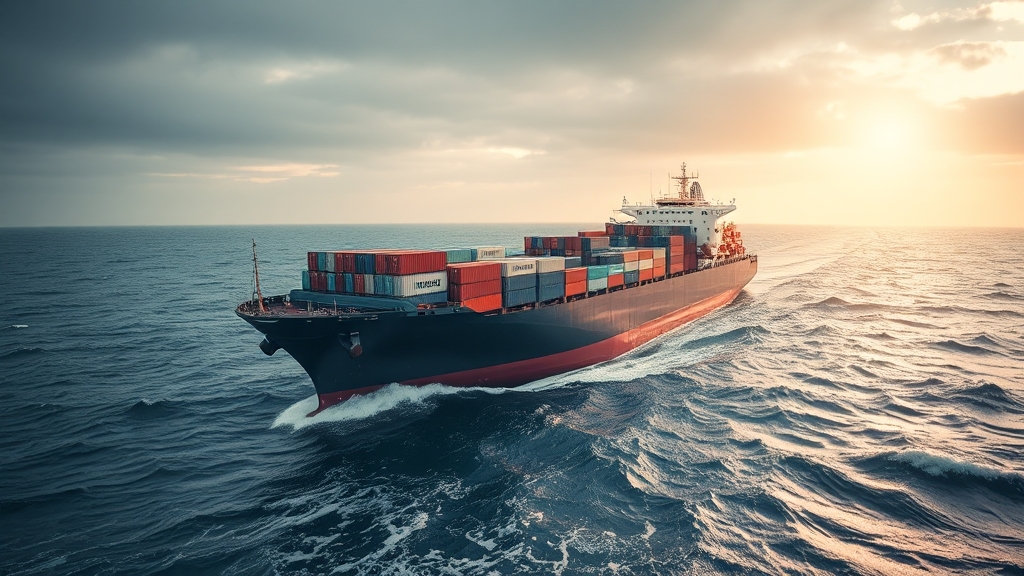
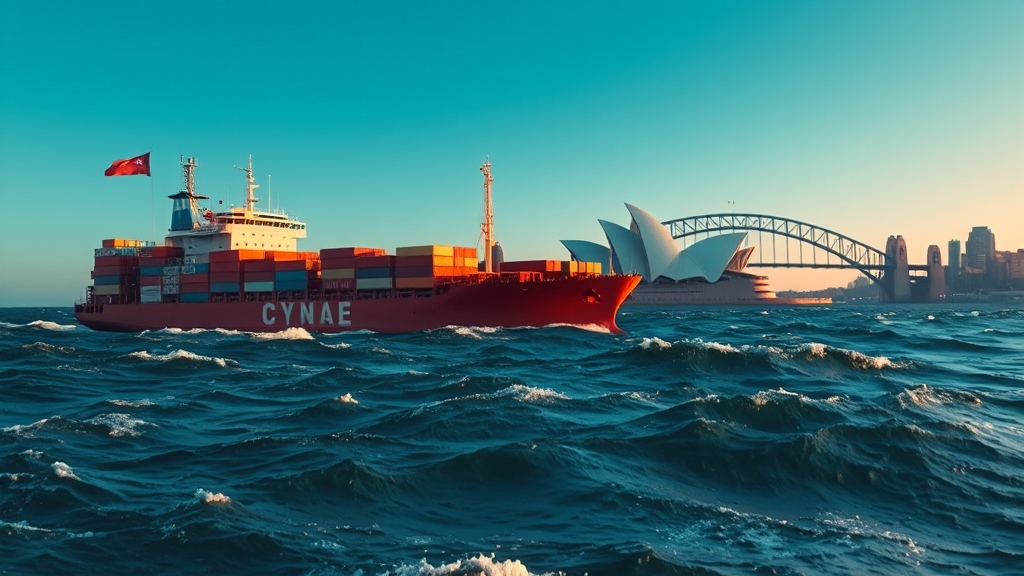
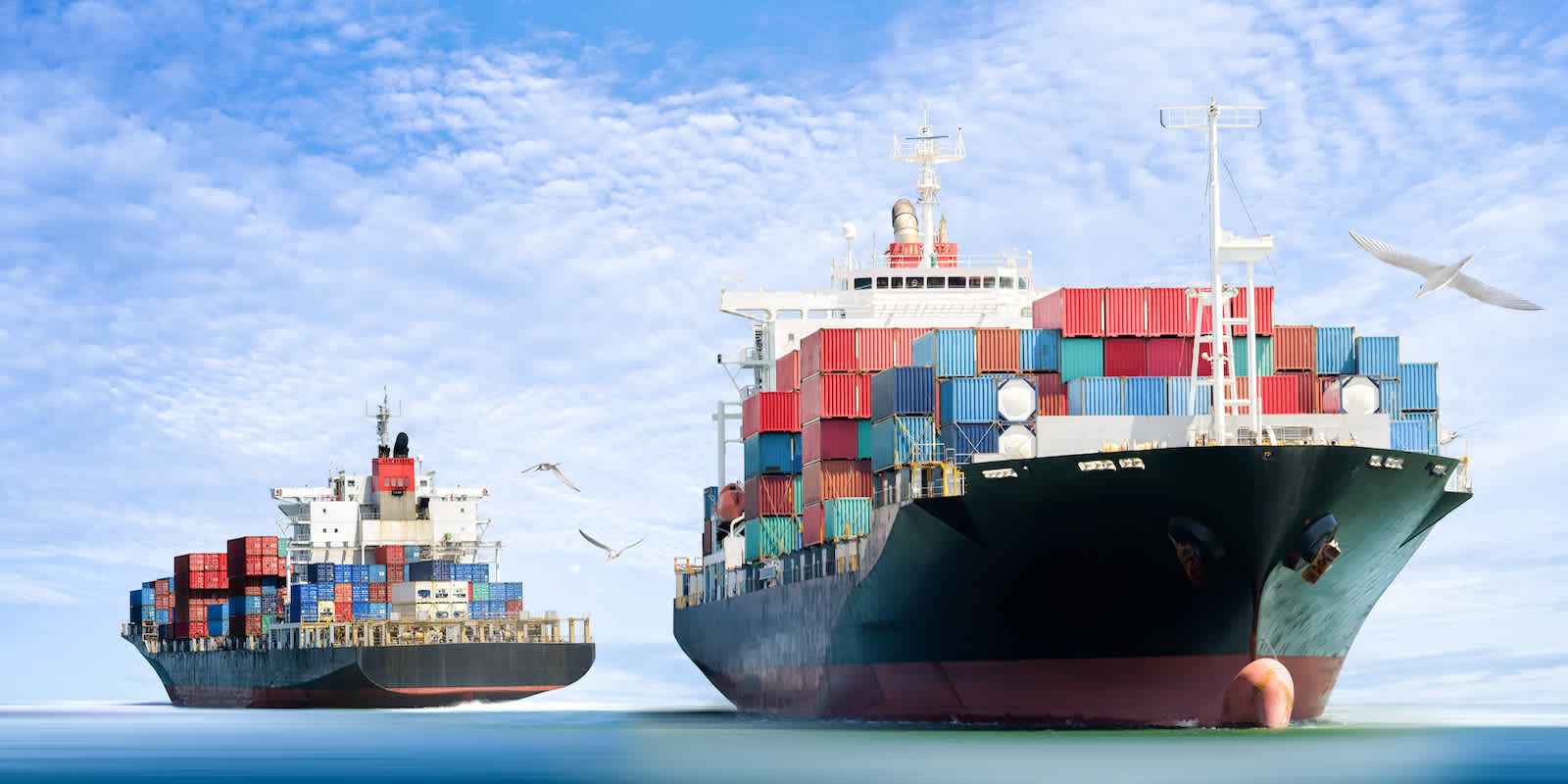
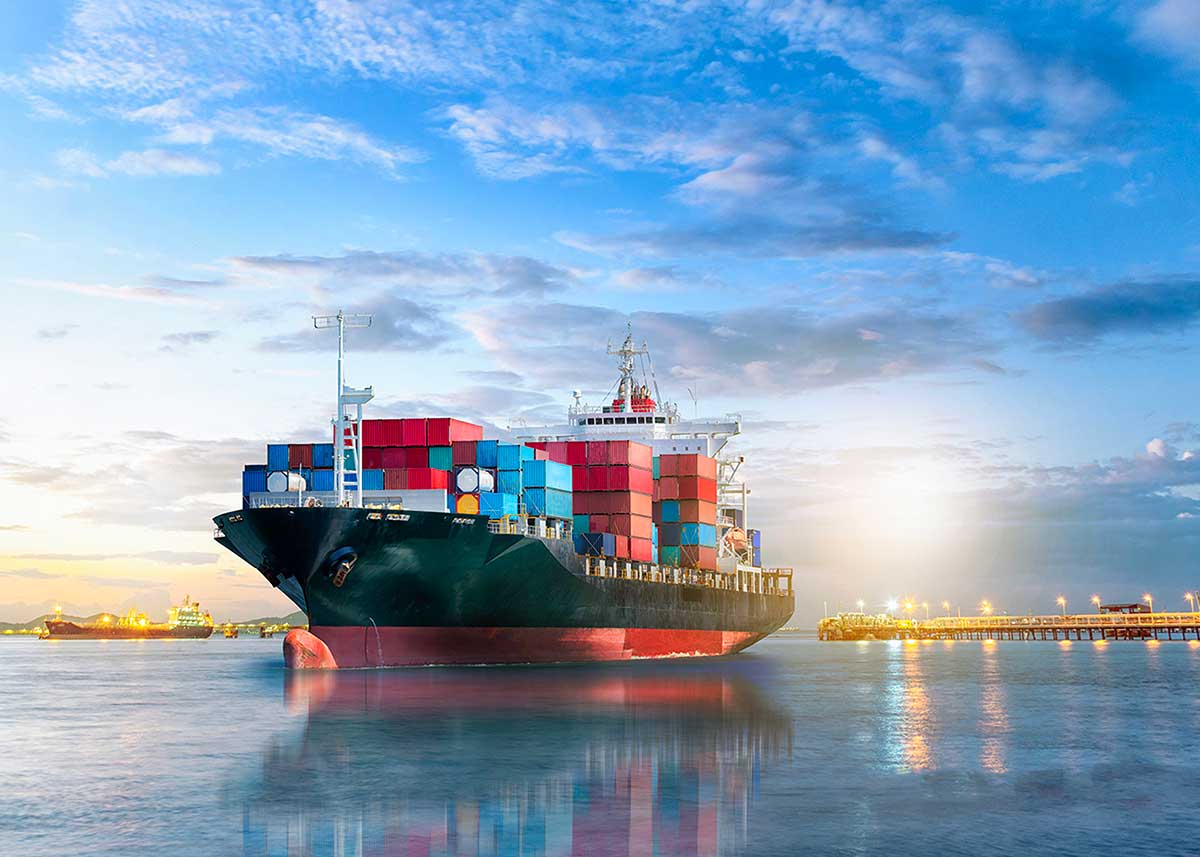
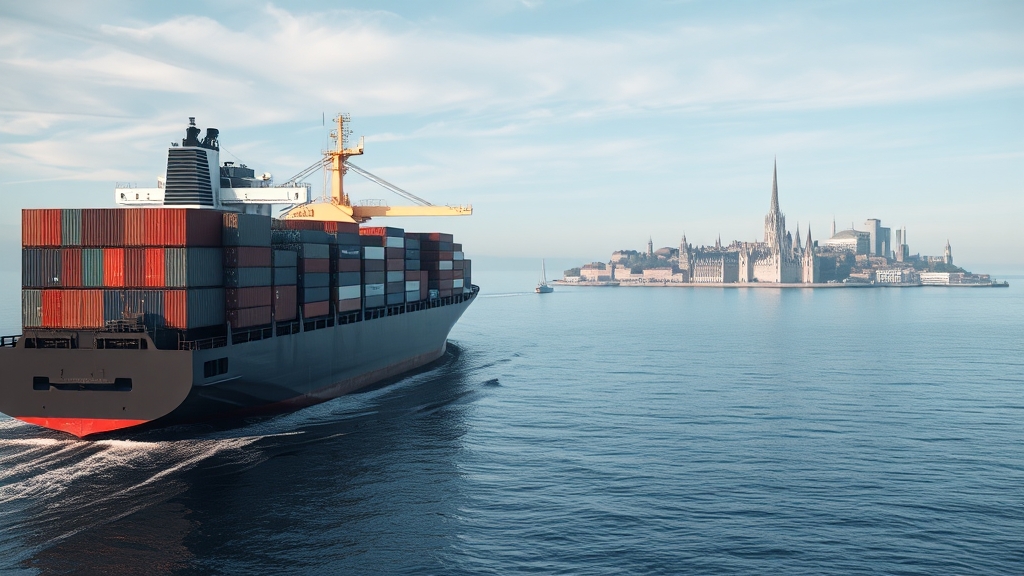





 Afrikaans
Afrikaans Shqip
Shqip አማርኛ
አማርኛ العربية
العربية Հայերեն
Հայերեն Azərbaycan dili
Azərbaycan dili Euskara
Euskara Беларуская мова
Беларуская мова বাংলা
বাংলা Bosanski
Bosanski Български
Български Català
Català Cebuano
Cebuano Chichewa
Chichewa 简体中文
简体中文 繁體中文
繁體中文 Corsu
Corsu Hrvatski
Hrvatski Čeština
Čeština Dansk
Dansk Nederlands
Nederlands English
English Esperanto
Esperanto Eesti
Eesti Filipino
Filipino Suomi
Suomi Français
Français Galego
Galego ქართული
ქართული Deutsch
Deutsch Ελληνικά
Ελληνικά Kreyol ayisyen
Kreyol ayisyen Harshen Hausa
Harshen Hausa Ōlelo Hawaiʻi
Ōlelo Hawaiʻi עִבְרִית
עִבְרִית हिन्दी
हिन्दी Hmong
Hmong Magyar
Magyar Íslenska
Íslenska Igbo
Igbo Bahasa Indonesia
Bahasa Indonesia Gaeilge
Gaeilge Italiano
Italiano 日本語
日本語 Basa Jawa
Basa Jawa ಕನ್ನಡ
ಕನ್ನಡ Қазақ тілі
Қазақ тілі ភាសាខ្មែរ
ភាសាខ្មែរ 한국어
한국어 كوردی
كوردی Кыргызча
Кыргызча ພາສາລາວ
ພາສາລາວ Latin
Latin Latviešu valoda
Latviešu valoda Lietuvių kalba
Lietuvių kalba Lëtzebuergesch
Lëtzebuergesch Македонски јазик
Македонски јазик Malagasy
Malagasy Bahasa Melayu
Bahasa Melayu മലയാളം
മലയാളം Maltese
Maltese Te Reo Māori
Te Reo Māori मराठी
मराठी Монгол
Монгол ဗမာစာ
ဗမာစာ नेपाली
नेपाली Norsk bokmål
Norsk bokmål پښتو
پښتو فارسی
فارسی Polski
Polski Português
Português ਪੰਜਾਬੀ
ਪੰਜਾਬੀ Română
Română Русский
Русский Samoan
Samoan Gàidhlig
Gàidhlig Српски језик
Српски језик Sesotho
Sesotho Shona
Shona سنڌي
سنڌي සිංහල
සිංහල Slovenčina
Slovenčina Slovenščina
Slovenščina Afsoomaali
Afsoomaali Español
Español Basa Sunda
Basa Sunda Kiswahili
Kiswahili Svenska
Svenska Тоҷикӣ
Тоҷикӣ தமிழ்
தமிழ் తెలుగు
తెలుగు ไทย
ไทย Türkçe
Türkçe Українська
Українська اردو
اردو O‘zbekcha
O‘zbekcha Tiếng Việt
Tiếng Việt Cymraeg
Cymraeg יידיש
יידיש Yorùbá
Yorùbá Zulu
Zulu